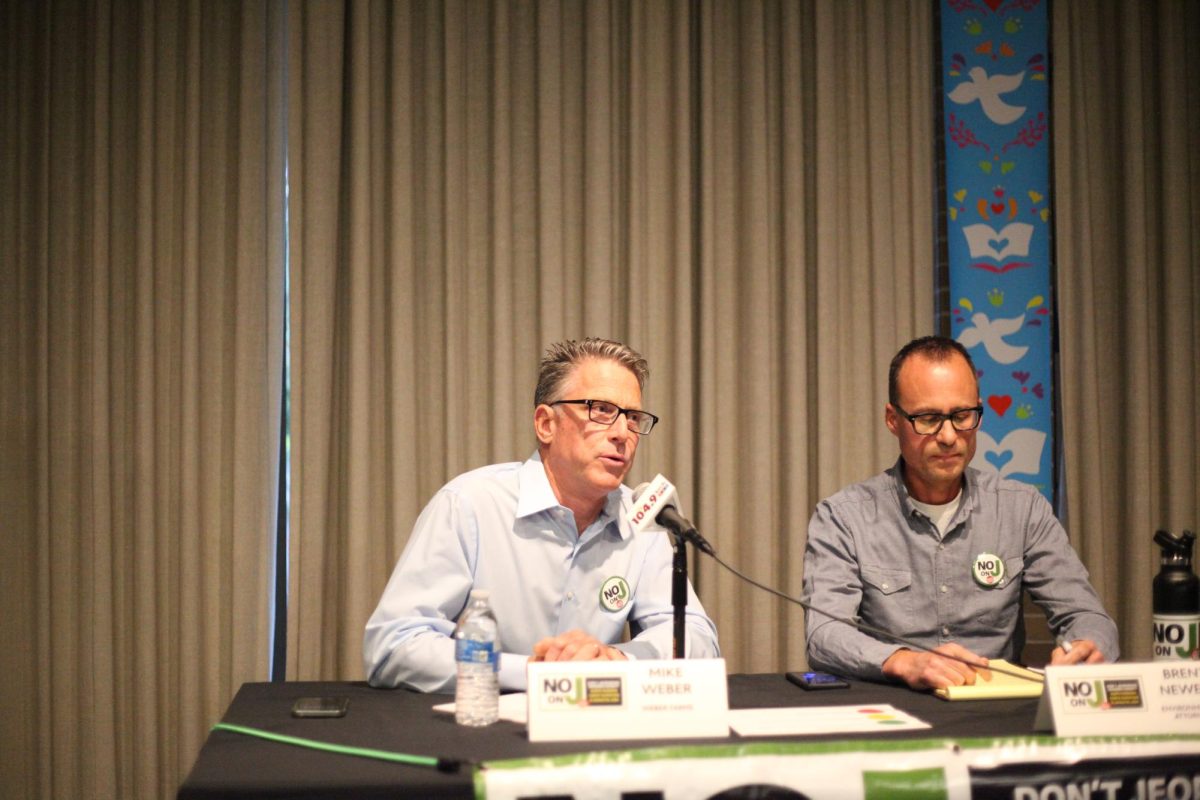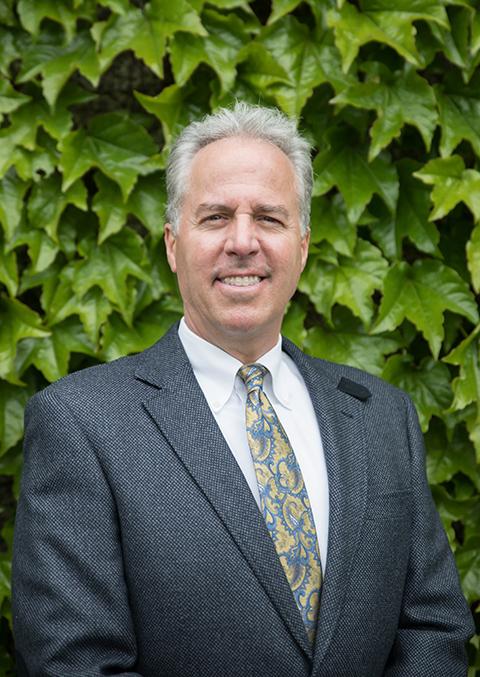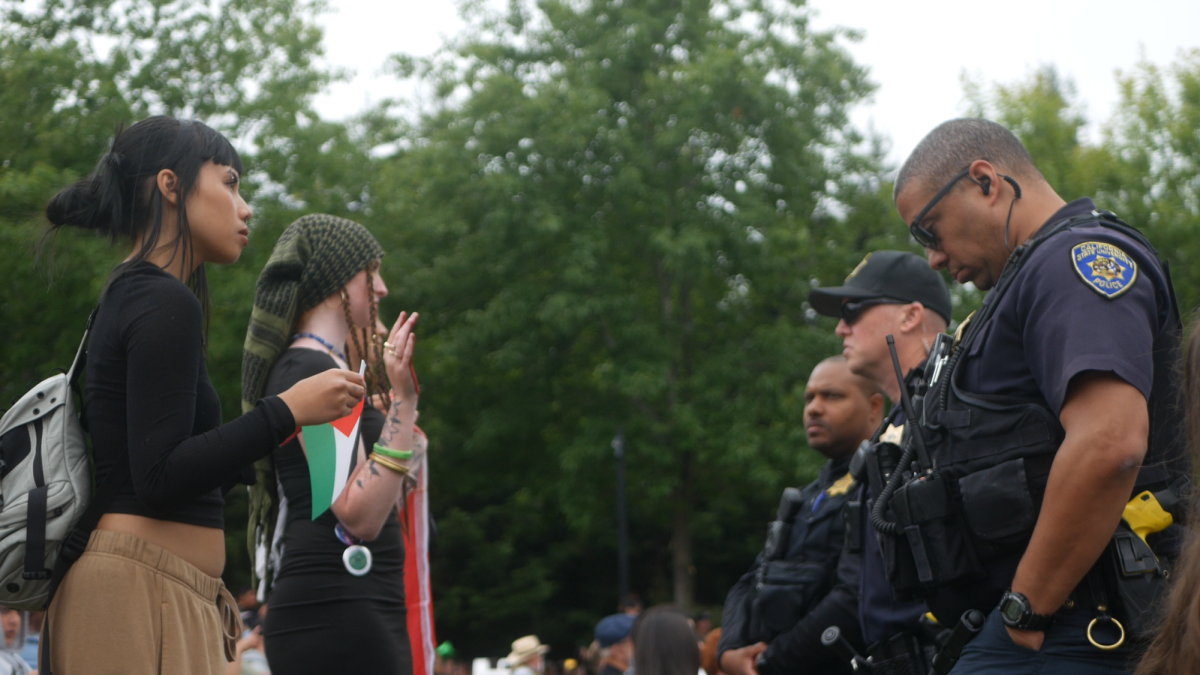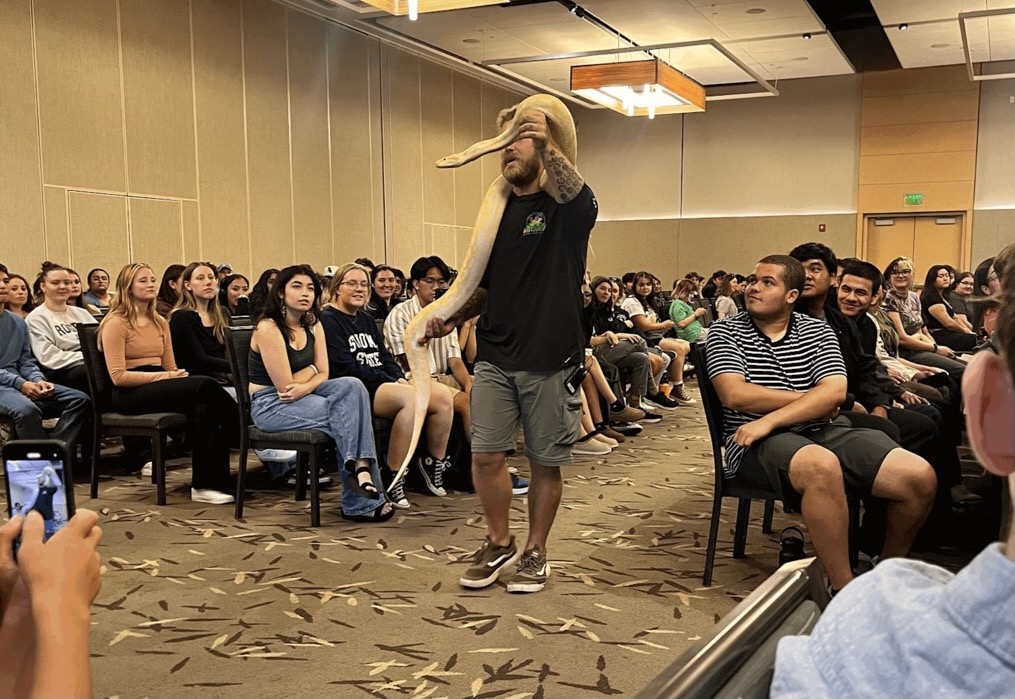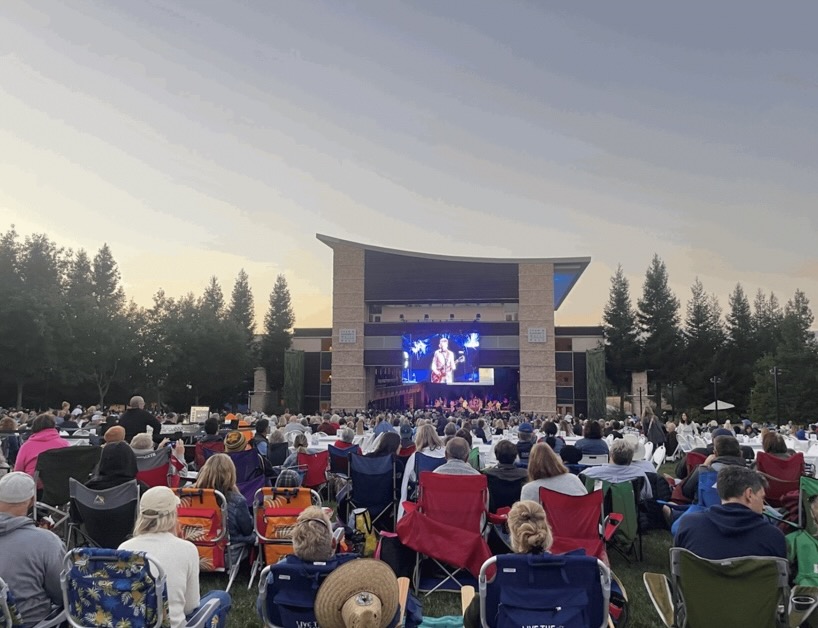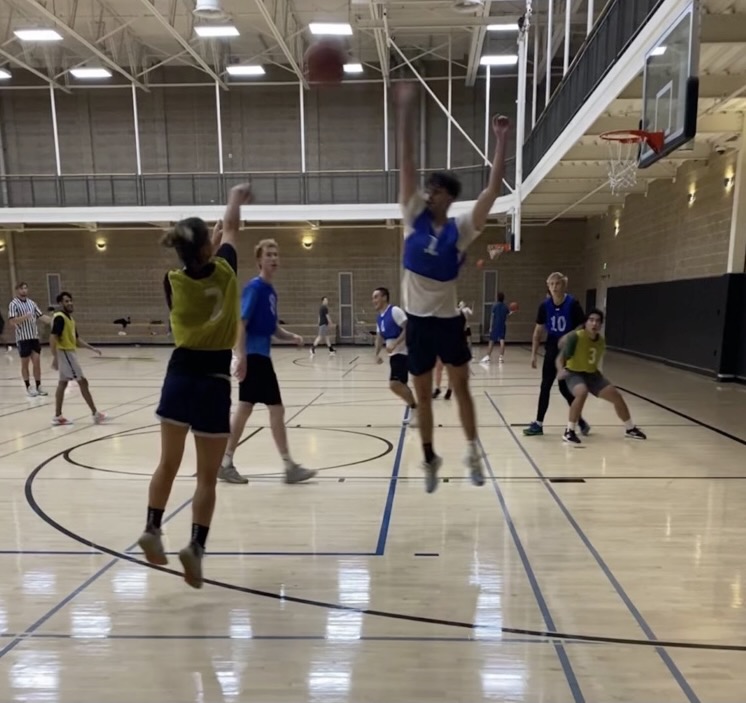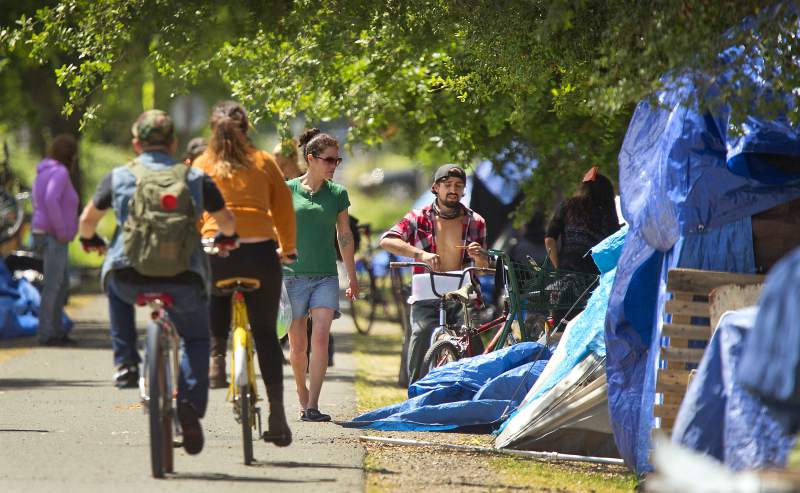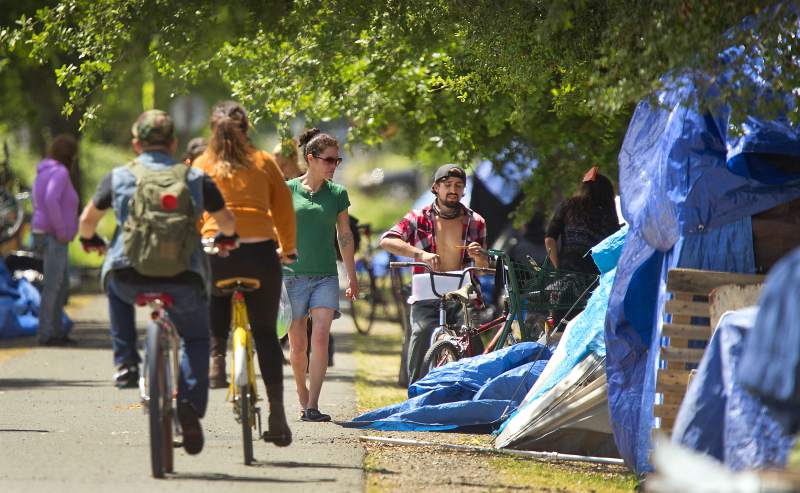Students, Sonoma County residents, government workers and employees across the nation in 2019 share one significant commonality, but not in the way you would expect—or would ever hope: many are anchored by the brink of poverty.
For thousands of people in California, with over 2,835 in Sonoma County alone, transitioning into the New Year has also meant transitioning into an ever-challenging state of homelessness.
Although The Press Democrat’s Martin Espinoza informs that the county’s 2017 wildfires, “led the reversal of a trend of improvements [the year prior],” he underscores that Sonoma County’s homeless crisis is actually among those leading the pack in predominantly suburban communities, adding, “Last February, the winter homeless count tallied 2,835 homeless people, an increase of 161 people.”
Unmatched against that of the homeless hoard in major cities within 100 miles of Sonoma County, the tally is still nearly doubled by the likes of San Jose, California, wherein San Jose Police Lieutenant Paul Messier explains, “Well, the mayor is proceeding with building about 80 tiny homes, but the problem is many communities don’t want them nearby so certain neighborhoods are threatening to sue the city.”
Homeless in a large encampment along the Joe Radota Trail in Roseland received a two-day reprieve to evacuate the area by local law enforcement last July.
Nevertheless, within Sonoma County and across California’s 57 others, the recent increase is unsettling.
Frank Chong, President of SRJC, says, “I think homelessness is a public policy and human rights issue; it’s a social justice and political issue.” Even still, by combating its complexity, Chong adds, “I think we’re doing a lot, but we could be doing more.”
Evident across the country in 2019, however, striking percentages of Americans facing the brink of poverty sheds light on the need for immediacy of economic action.
It’s no secret that financial instability has always plagued households nationwide. Now, however, 40 percent of those in the U.S., with its largest, middle-class at the forefront—quite literally—can’t afford to miss their next paycheck.
Showcased in their scorecard at the turn of the year, non-profit, Washington D.C.-based organization “Prosperity Now” reveals the depth of such financial struggle that far too many American families are up against, with many being “one emergency away” from financial chaos; approximately 52 million American households are unequipped with even a standard level of savings.
The non-profits’ data also suggests that, in any inconvenient instance of income interruption, such “liquid asset poor” households are not capable of merely surviving at the poverty level, even for just 90 days. The median savings account balance of these widespread households unfortunately hovers just under $5,000—a figure gathered by personal finance writer Maurie Backman.
The data’s relationship to American households is also unfavorable to those of color, with almost 57 percent of those households across the country pervaded by liquid asset poor status, trouncing the overall, national percentage of homes facing the same status by nearly 17 percent.
Shehryar Nabi, content specialist for the non-profit, asks us to consider that “over one in five jobs in the United States are in a low-wage occupation.” The ratio, amounting to 22.5 percent of jobs nationwide, contextualizes the issue of savings insufficiency that members of our communities struggle with on a daily basis, particularly that of Californians.
This year poses more of the same crippling financial and staggering humanitarian challenges across the board, whether it’s furloughed government workers’ inability to maintain housing or even food costs as the result of two missed paychecks — showcased in a CBS news report last month — student financial struggles, or even increases in Sonoma County’s abandoned homeless youth, evident in a recent federal report by the U.S. Department of Housing and Urban Development.
Consequently, communities large and small must show embrace, especially when one’s standard of living already does not.

